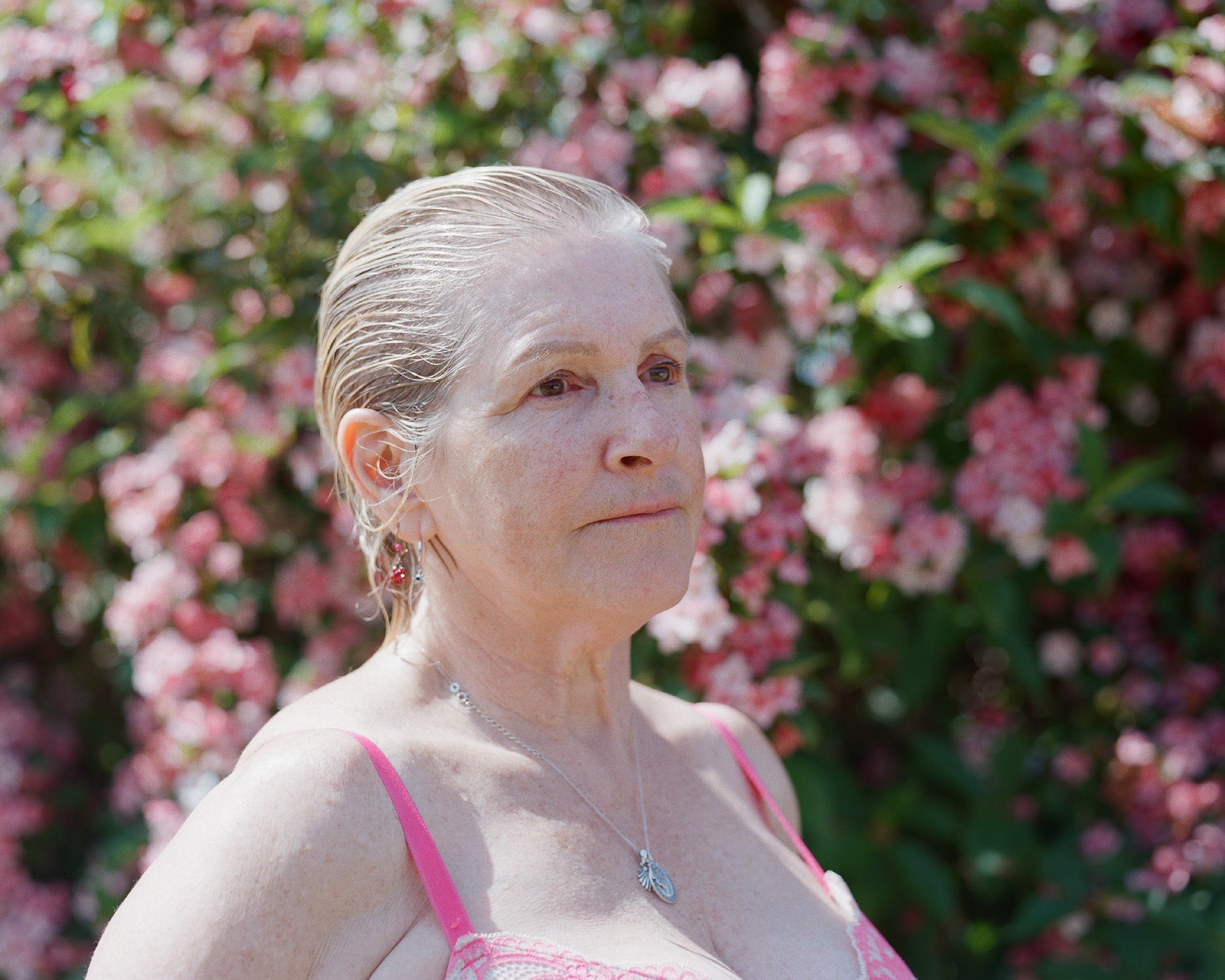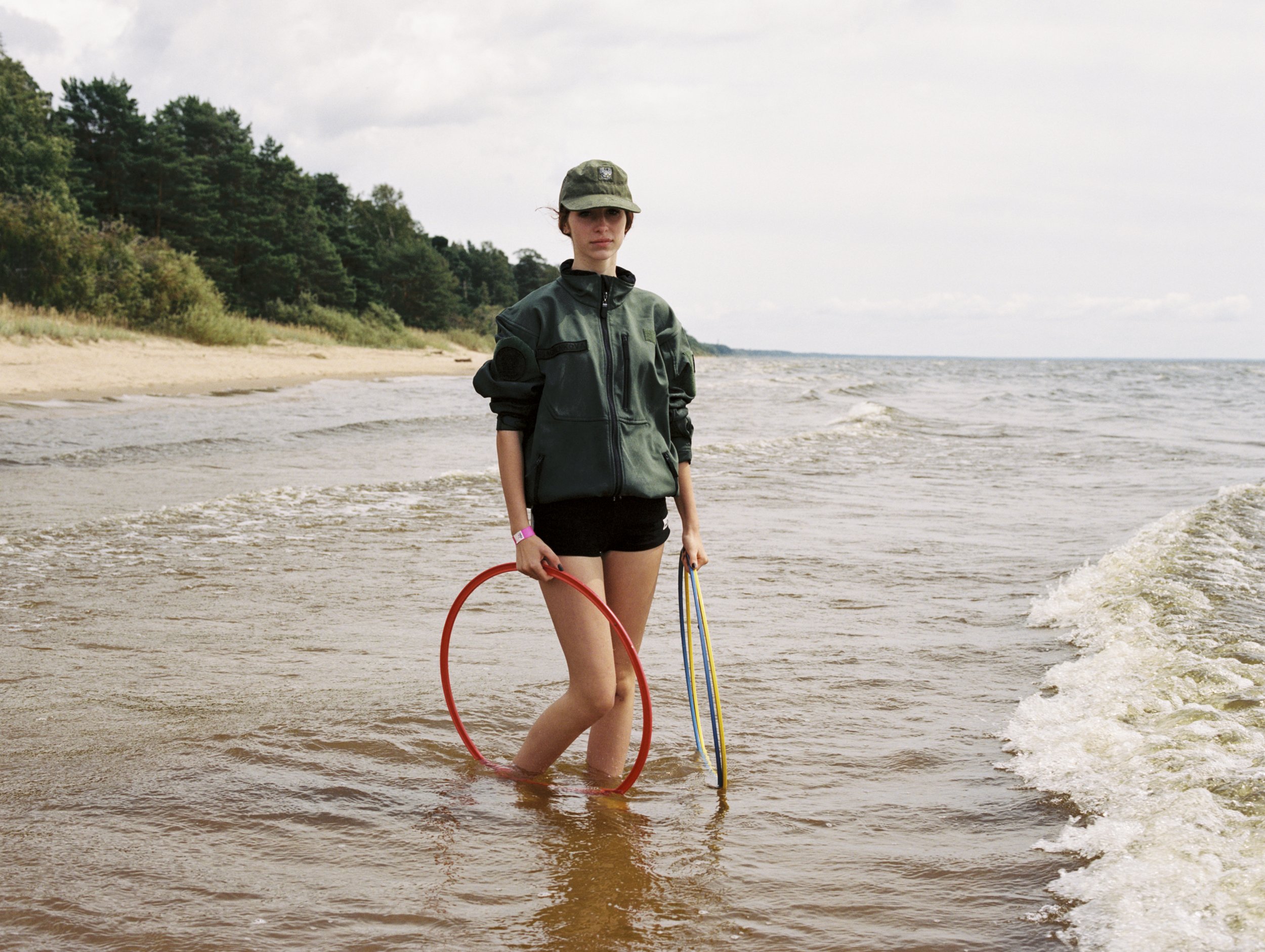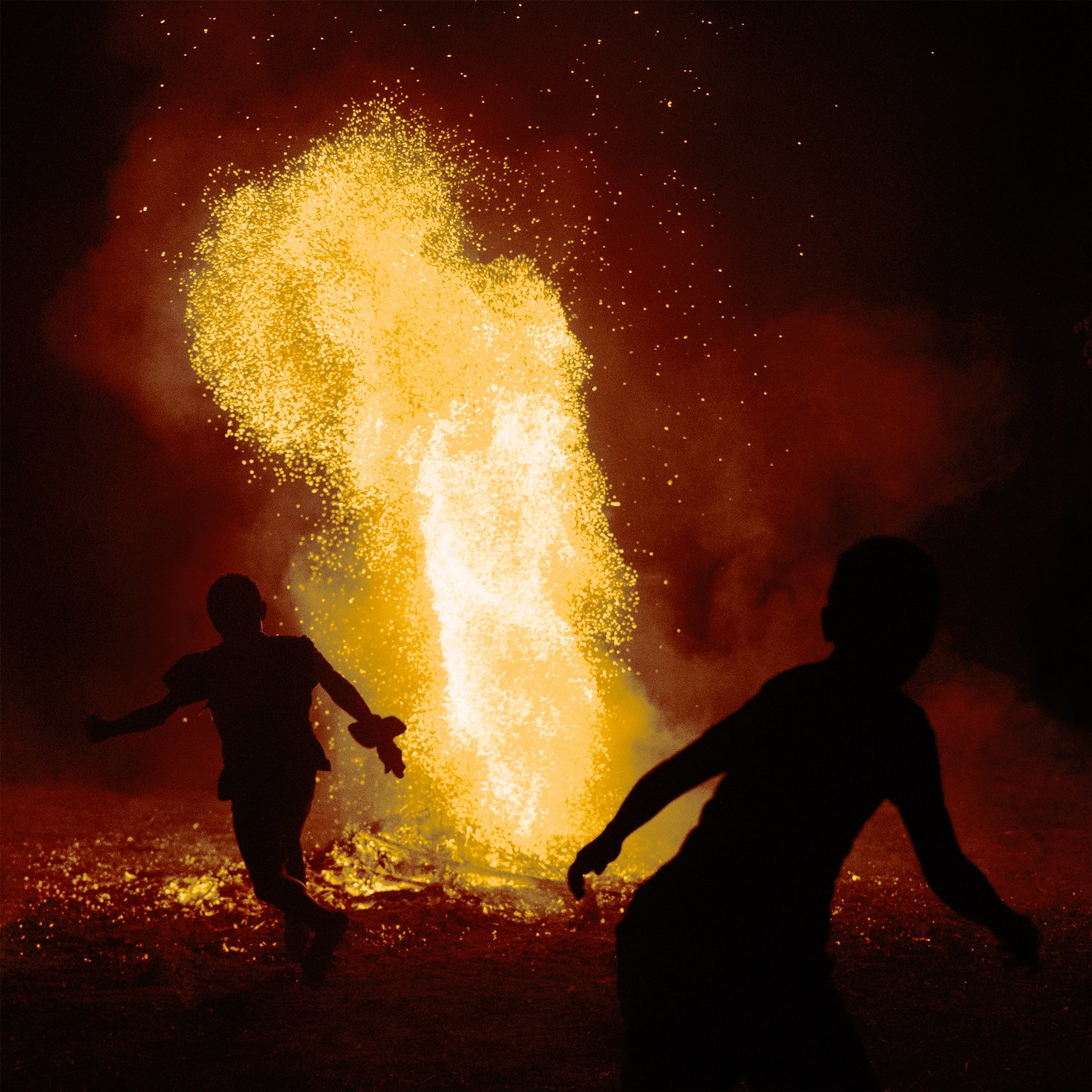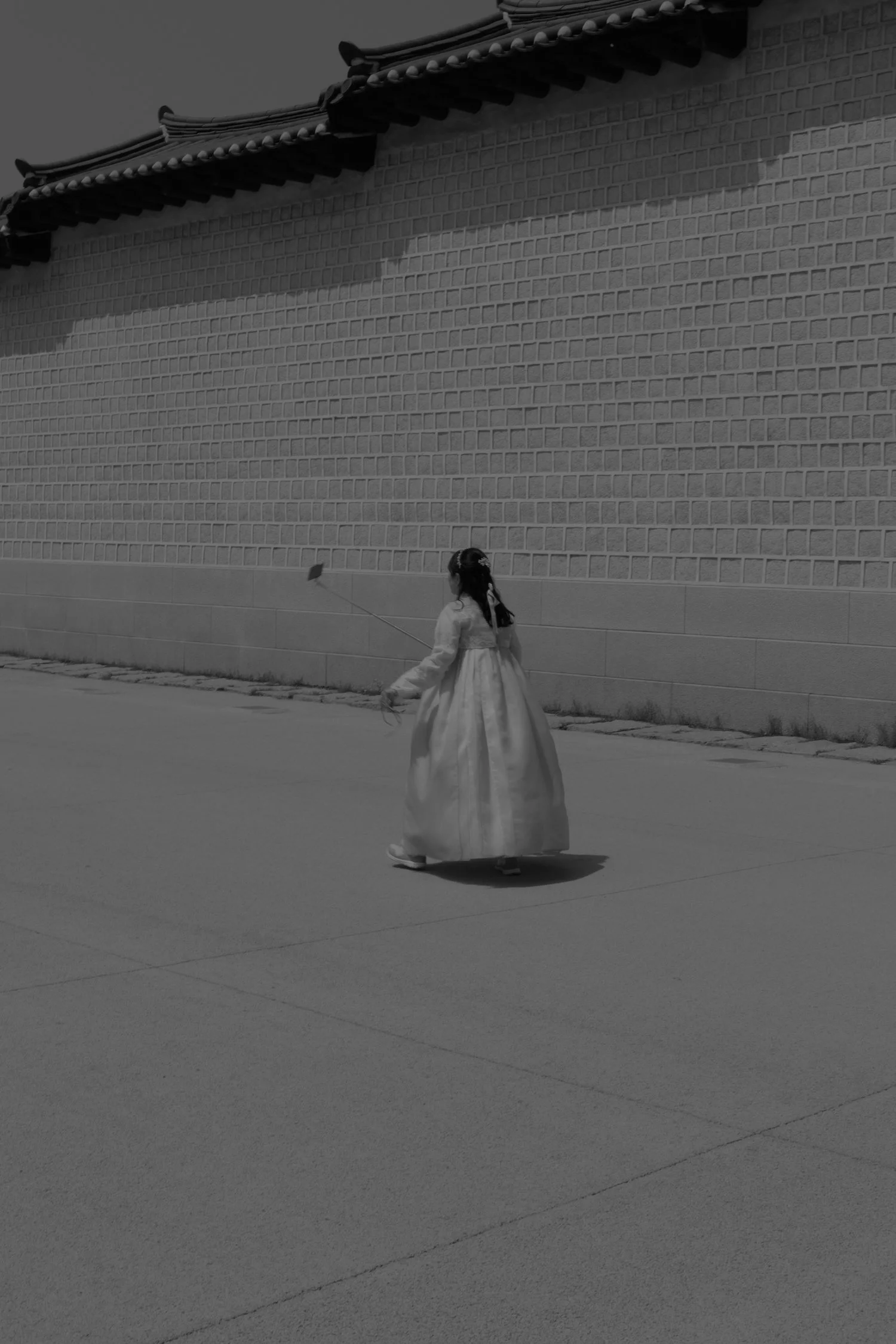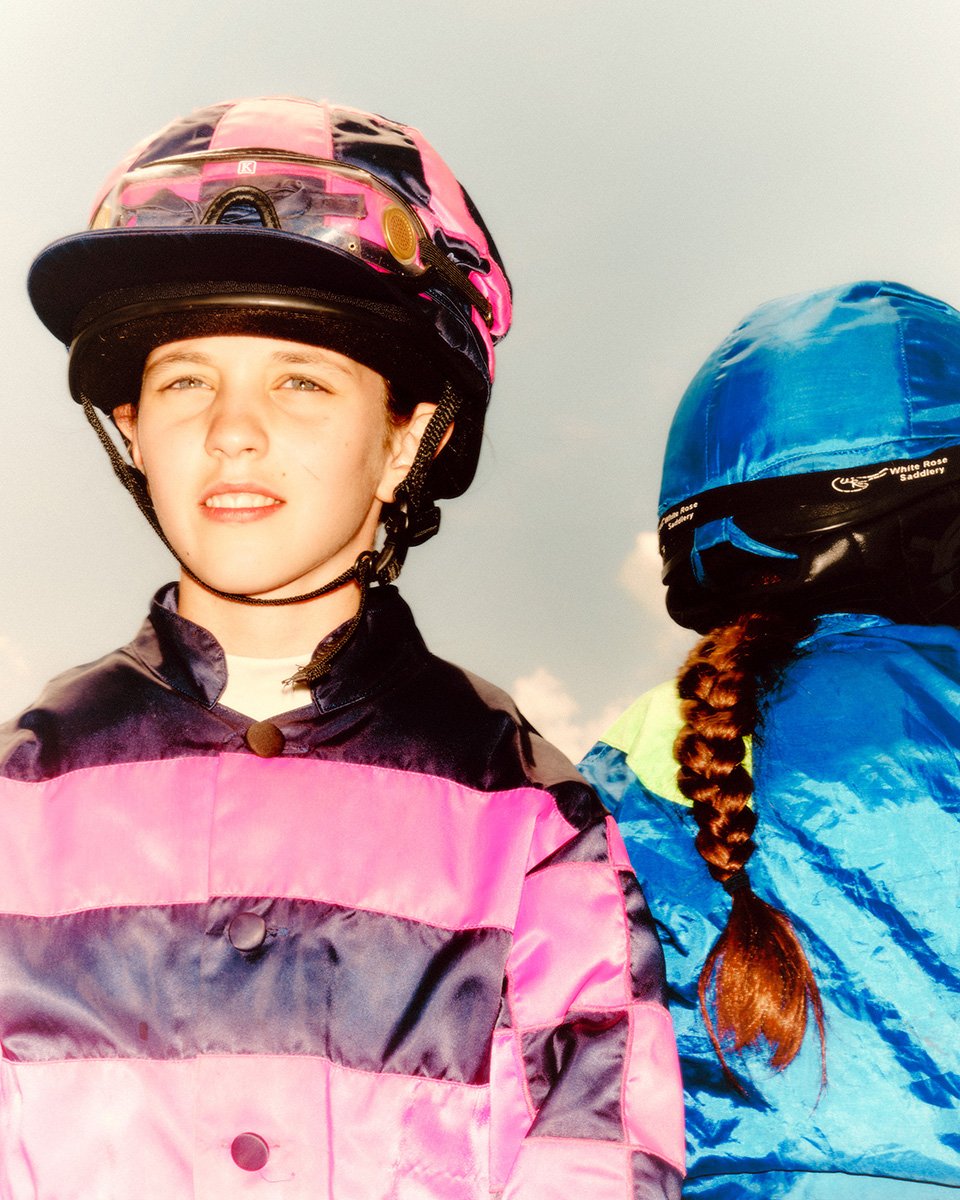LIGHT/MASS
Inspired by the bright and crisp light of the East Coast, British photographer Owen Davies, captured his new home New York City in a new and fascinating way. Brutalist structures and buildings stand like timeless monuments against the bright sky creating an eerie scenery completely absent of any human presence.
Photography Owen DaviesLIGHT/MASS is an ongoing series that explores alien-like urban landscapes found in cities across the United States.
I moved to New York City from my hometown in southern England during the Spring of 2020, days before the city shut down. With a background in commercial and live music photography, I had intended to continue in those fields in the US but it quickly became apparent that those ambitions would need to be paused. However, eager to experience my new city and with most businesses closed, I walked and cycled through the almost empty streets, trying to get a sense of my new home.
There is a distinct difference in the tone and feel of natural light along the East Coast of the United States compared to the UK. It is harder and brighter, compared to a muted British light often filtered through low clouds. As I explored Manhattan and Brooklyn, and as I became attuned to a light quite different to what I was accustomed to, I also began to notice buildings which struck me as architecturally interesting and unsettling.
“Architectural anomalies, buildings overlooked and often slightly run down, flat expanses of concrete, stood out to me in the hard light of a sunny New York day.”
New York City contains a true mixture of building styles. Eighteenth-century tenements, with their ornament and iconic fire escapes, are dwarfed by the shining glass monoliths of the new millennium. Jammed between them are the architectural leftovers of every decade between, some iconic and some decidedly not. I walked past most of these styles frequently but did not stop to photograph them, feeling as though I had seen them reproduced already so many times in my life. However, architectural anomalies, buildings overlooked and often slightly run down, flat expanses of concrete, stood out to me in the hard light of a sunny New York day.
The Bathhouse at Jacob Riis, Rockaway, New York City.
Erich Lindemann Building, Boston, Massachusetts
Apartment building, Coney Island, New York City
Former Christian Science administration building, Boston, Massachusetts
I became fascinated with these strange-looking buildings I’d stumble across, unannounced in the middle of a residential block or looming suddenly when turning a corner. They felt to me like distinctly otherworldly structures, alien to the surrounding architecture and entirely unobserved by passersby. I started to seek them out, looking for oddity in a city slowly returning to normal.
“The buildings took on a monumental appearance, absorbing the bright sunlight like it was a natural piece of the landscape.”
The crisp, sunny light of New York City influenced my response to these structures; it amplified texture and created new geometry as crisp shadows formed on outcrops, hard-angled facades and the ground on which the buildings stood. The buildings took on a monumental appearance, absorbing the bright sunlight like it was a natural piece of the landscape.
The otherworldliness was exaggerated by the fact that when I first encountered these structures, I was often alone on a street in what should have been one of the busiest cities in the world. The resulting photographs are thus devoid of human presence. Even as people returned to the city, I sought to remove all traces of people from the images, wanting to maintain the unnerving atmosphere that I had found so compelling early on.
TriBeCa Synagogue, New York City
New York State Pavilion, Flushing, New York City
City Hall, Fall River, Massachusetts
Charles F Hurley building, Boston, Massachusetts
I developed a method whereby I combined long exposure techniques, several post-production methods and the use of a tripod and a shift lens to retain the eerie feel of the first few images. This slower, more deliberate process of image-making enabled me to imagine the building as a monument, standing eternal as the hectic ebb and flow of the city happens around it.
The buildings I photograph were designed by architects and city planners who envisioned a bright utopian future for those living in America’s large cities. I am not trying to present any social commentary on whether this was successful. Instead, I seek to frame them as incredible monuments, dynamic and unsettling, now standing out of place and overlooked.
Spring Street Salt Shed, New York City
About Owen
Owen Davies is a British photographer living in New York City.
Exploring themes of futurism and our relationship to the built environment, Owen seeks to blur the boundaries of reality and our imagination, photographing the strange, surreal and often overlooked landscapes found in our towns and cities.
With a background in commercial studio photography, Owen takes a methodical approach to his artistic practice, manipulating time, perspective and framing to present his subjects as imposing structures within their environment, standing like monuments to a forgotten era.
Owen’s work has been shown in exhibitions in Paris( 2021), London (2022 & 2023) and Berlin (2023) and he was selected to attend the 2023 Center Review Santa Fe Photo Symposium. He is represented in the UK and Europe by Wondering People.
To see more of his work, visit his website or follow him on Instagram











